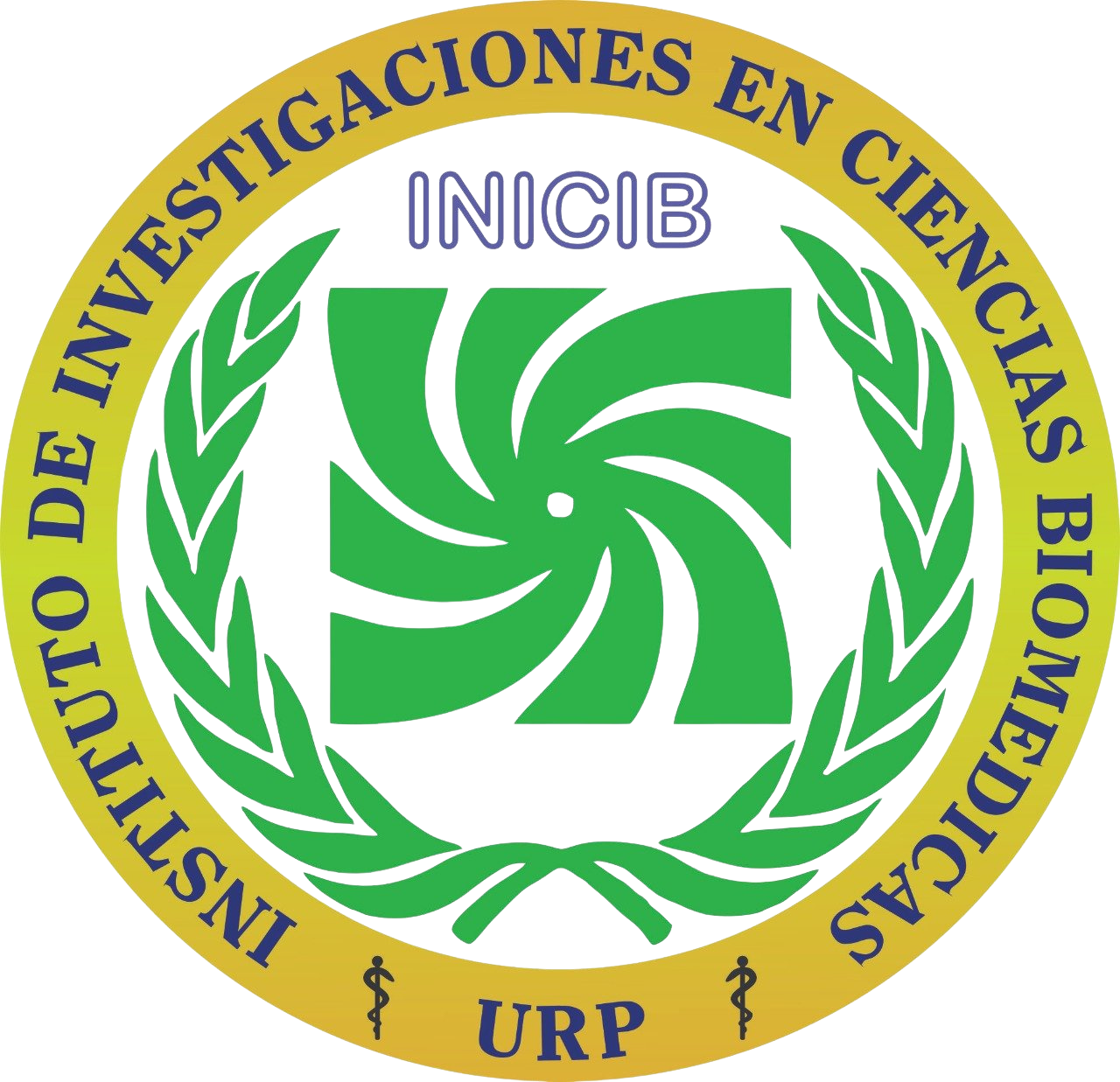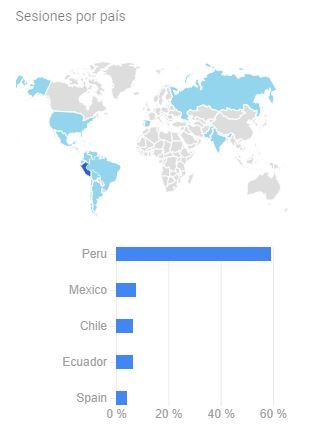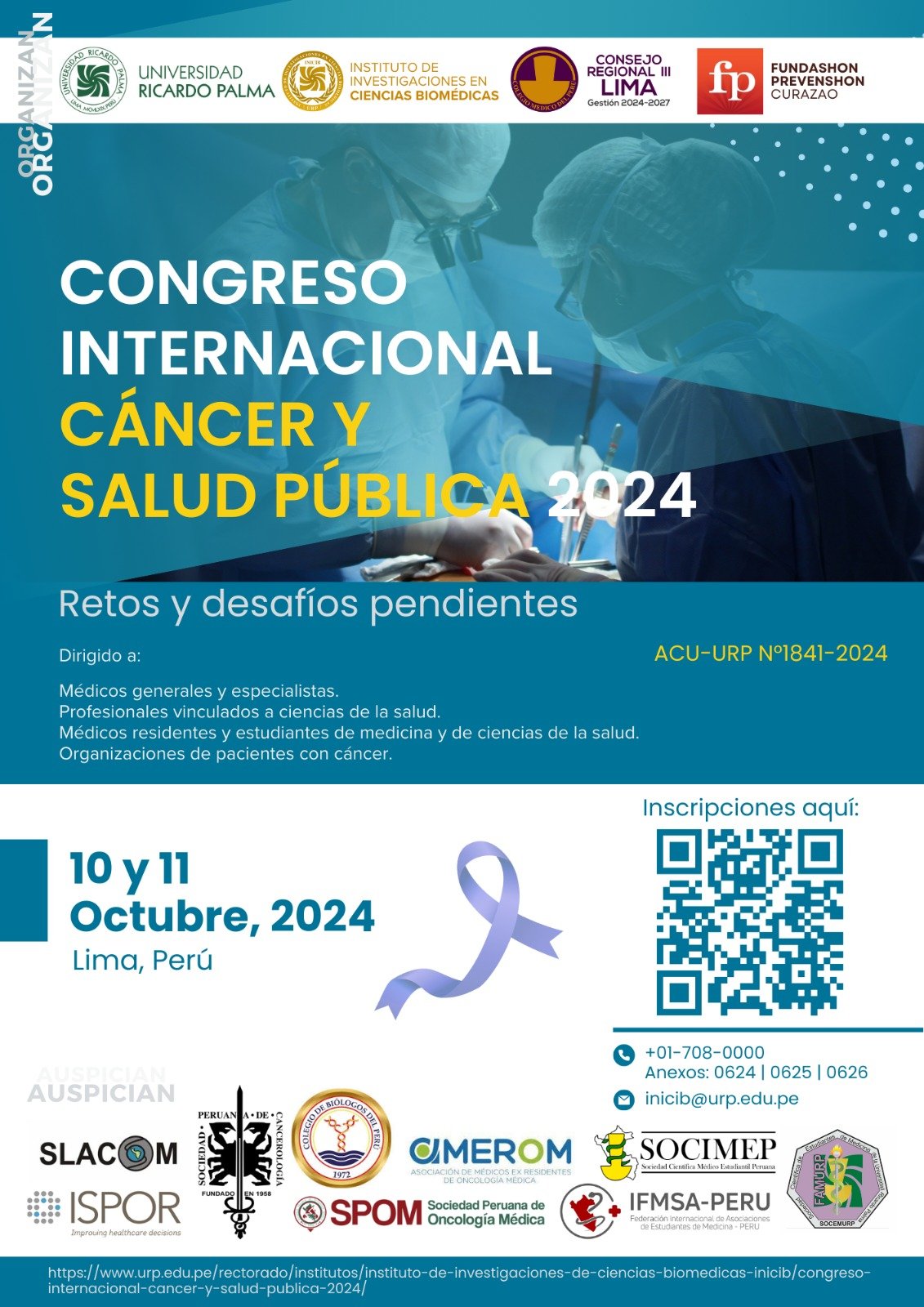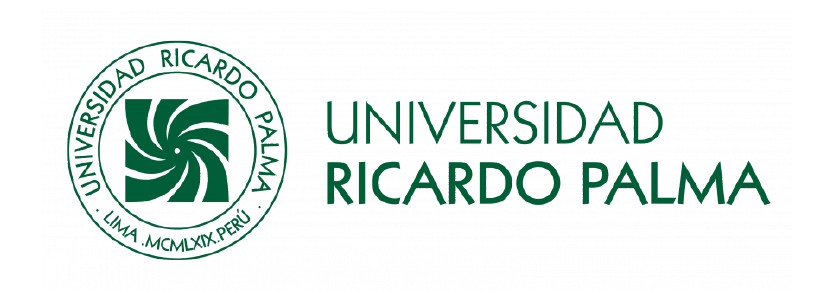Prognostic factors and survival study in high-grade glioma in a hospital in Lima, Peru
Factores pronóstico de supervivencia en adultos por gliomas de alto grado en un hospital de Lima, Perú
DOI:
https://doi.org/10.25176/RFMH.v20i3.3170Keywords:
Survival, Progression-free survival, Karnofsky performance status, GliomaAbstract
Introduction: Gliomas are primary tumors of the central nervous system. They are classifiedfrom grade I-IV, with high grade III and IV being the most frequent and with poor prognosis. Objective: To determine the prognostic factors of survival in patients with high-gradegliomas in a hospital in Lima, Peru. Methods: The medical records with high-grade gliomafrom 2010-2014 were retrospectively reviewed, ten variables were analyzed with Kaplan-Meier and Log Rank survival graphs and the Cox regression model. Results: Out of a total of278 patients with high-grade gliomas, 136 were men and 142 women. The analysis of Progression-Free Survival (SLP) had a range of 5.6-80.3 (median 22.7) and the analysis ofoverall survival (PS) had a range of 4-83.2 (median 26, 2 months. The overall survival for theIV grade tumor was 15.7 months (95% CI 14.2-17.1); the III degree was 38.4 months (95%CI 35.8-40.9). The grade (PS: HR 15; SLP: HR 25.1); surgical treatment (PS: HR 0.6; SLP:HR 0.49), age (PS: HR 1.47; SLP: HR 1.7), adjuvant treatment (PS: HR 0.6; SLP: HR 0 , 58)and karnofsky (PS: HR 0.7) were correlated; while the Karnofsky for SLP does not (P =0.146). Conclusion: age, functional status, surgical treatment, adjuvant treatment, and tumorgrade are prognostic factors for PS. In contrast, for SLP the prognostic factors were age,surgical treatment, adjuvant treatment, and tumor grade.
Downloads
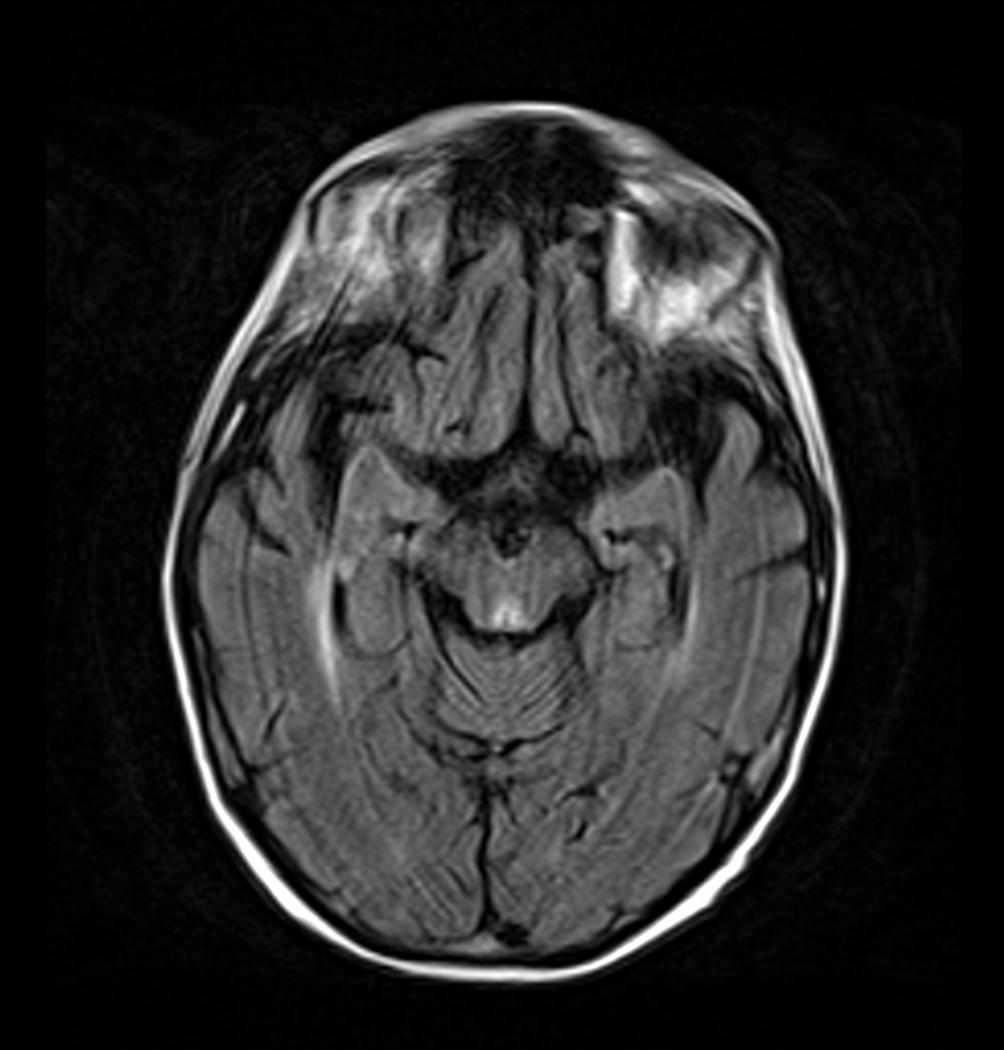
Downloads
Published
How to Cite
Issue
Section
License
Copyright (c) 2020 Revista de la Facultad de Medicina Humana

This work is licensed under a Creative Commons Attribution 4.0 International License.


